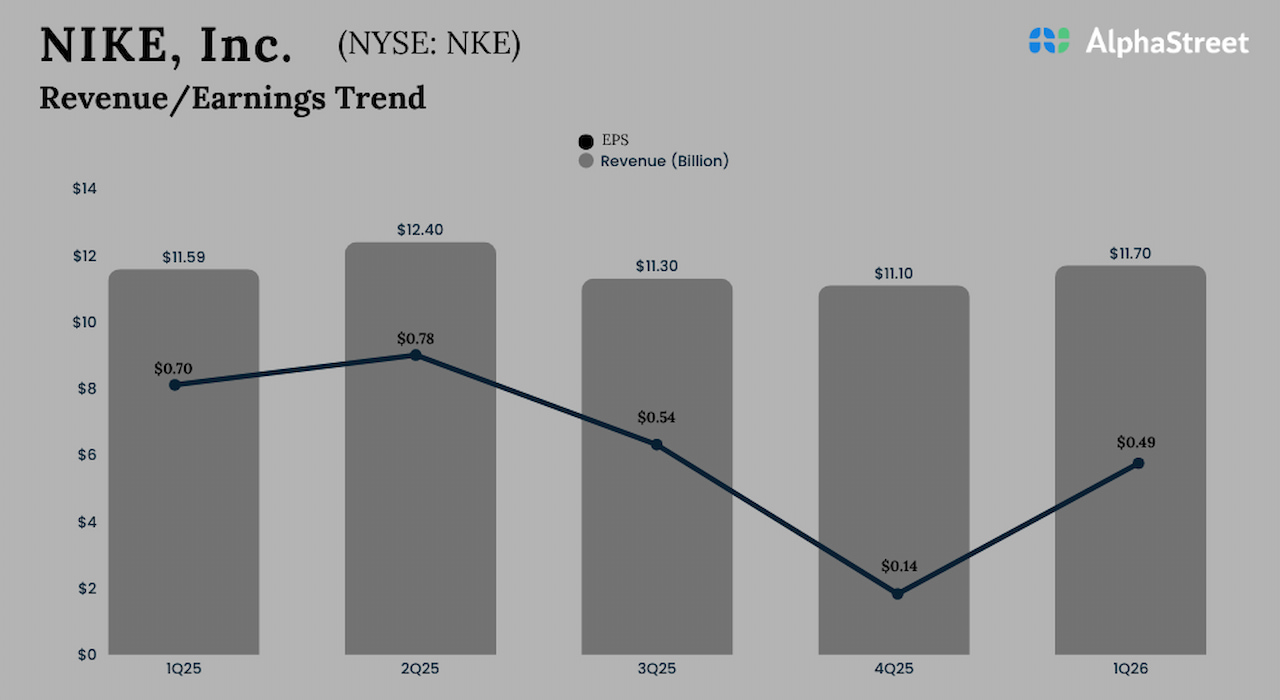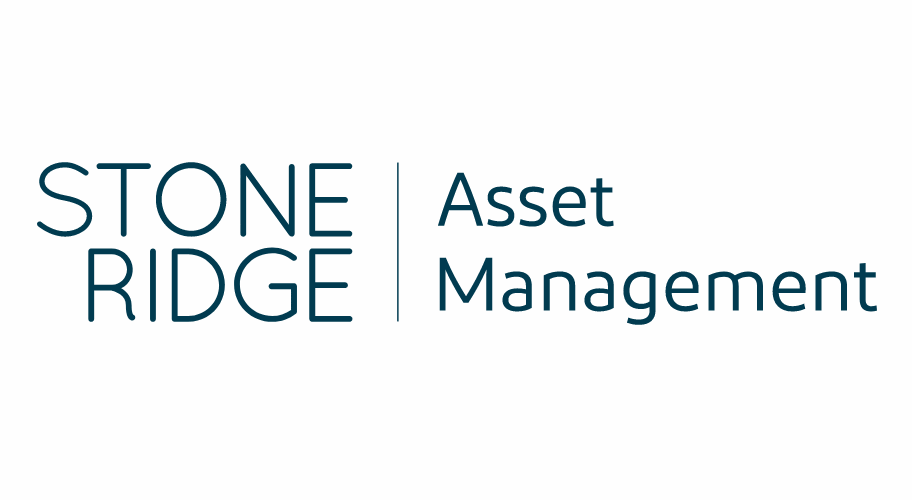The Cash Flow Analysis is a bottom-up budgeting methodology that cuts through the clutter associated with the traditional budgeting process and gets to the critical numbers you need to get started. Nobody enjoys sitting down to put together an entire budget; they are often inaccurate and time-consuming, providing little value to the consumer. Nevertheless, you must be familiar with your client’s cash flow as you assemble their retirement plan. The Cash Flow Analysis will allow you to obtain vital information without an extensive budgeting exercise.
“This tool was built through years of going through budgeting exercises. I had a lot of pushback from clients. I mean that. They just hated it. They dragged their feet, canceled appointments, rescheduled… I remember the one woman saying, ‘That was the worst thing I’ve ever had to do.’ She literally said those words to me. Everyone hates a budget.”
-Dave Alison, CFP®, EA, BPC
The process is simple, start with what the client is living off now. How much are they spending? How much is in their bank account? And the key here is net, net after tax, after all the deductions, everything. As it evolves, you can add a section for new retirement sources to offset the client’s current income. Then either decrease expenses or document increased costs to discern a net number, they’ll need to draw off liquid investible assets.
The Cash Flow Analysis is invaluable whether you’re helping them through the accumulation years, determining what type of disposable savings they have, or preparing them for distribution to decide how much money they’ll need to draw from their liquid investible assets.
There are two levels of Cash Flow Analysis: The Income Gap Assessment for pre-retirees and retirees and the Budgeter for younger clients who may need more data analysis around their income and expenses.
What if there was a quick and easy way of assessing whether your clients have an income gap or excess funds? With the cash flow analysis, you can discuss the overall financial plan with your clients and determine ways to guarantee their income in retirement.
C2P Enterprises created the Income Gap Assessment to help you cut down on your time spent with each client. This single resource will allow you to skip the long, drawn-out budgeting process in your meetings and get right to the important stuff, saving you an immeasurable amount of time.
The Income Gap Assessment aims to discern the gap between the net income the client is currently living on and the fixed income sources they will have after they retire. It is based on a consumption methodology of budgeting and will provide an accurate amount that they will need to draw off of their liquid investible assets once they retire. This is especially valuable for clients less than a decade from retirement. There are four simple sections to complete to determine their income gap.
Net Income After Taxes
The first section is where you log the client’s net income after taxes. This is the current amount deposited into checking from salary, wages, and other sources of income pre-retirement. You want to determine the difference between their annual bring-home salary and their yearly living expenses. It is important to base this number on the net income deposited into the client’s checking account, not their gross pay. Net pay already factors out tax withholding, retirement contributions, and any employee benefits, such as health insurance, that would be paid through withholdings. You are looking for the net amount that the client has available to spend on an annual basis.
After you calculate the annual net income, ask the client to choose which of the following scenarios most closely applies to them:
- Breaking even, consuming all their net income
- Saving some money, consuming less than their net income
- Losing money, going into debt
If the answer is #1 or #2, the Income Gap Assessment can determine what the client should expect in retirement.
Simply ask the client, “If you could replace the same net income you are spending now when you retire, would that meet your retirement goals?”
This will serve as a basis for the total income they will need in retirement.
If they chose #3 and are losing money every month, you may need to pivot to a detailed budget to determine if they are the right fit for your firm.
Fixed Income in Retirement
The second section focuses on the client’s income after retirement. Between Social Security and pensions, what will their fixed income look like when they aren’t earning a paycheck?
For Social Security optimization, clients may delay one or both of their benefits. This will leave a larger income gap for a short period of time. When this occurs, consider conducting multiple Income Gap Assessments for different periods to get an accurate picture of their cash flow analysis throughout retirement.
Another option is to do one Income Gap Assessment as if all fixed income sources are activated, then ascertain how much you should set aside to cover the delayed income.
Adjustments
You should list anything that might impact retirement income here.
If the client expects to pay off their mortgage, that would decrease their expenses. Ask the client about potential increases from things like income taxes, health insurance premiums, travel expenses, medical needs, etc.
The client may have to allow for additional income taxes in retirement, which can be identified by creating a tax proforma of their withdrawal strategy.
With these three figures, you can derive the income gap that you need to take from liquid investable assets in retirement.
Once you complete the Income Gap Assessment, you will be able to determine the client’s retirement income gap or surplus using the following formula:
Net Income Received in Retirement – Fixed Income + or – Adjustments = Total Income Gap
Income Gap or Surplus
Once you have this final number, you’ll know if the client has an annual surplus or deficit for their retirement. If there is an income surplus, they can expect excess cash when they retire. Knowing this will allow you to help them get even more strategic with their plans, perhaps with additional life insurance, asset-based long-term care, or tax-efficient managed accounts.
The Income Gap Assessment is a viable tool to determine what kind of situation your client may find themselves in once they retire. This will serve as a basis for their total income needed in retirement and create an educational opportunity for you to show them the various ways you can guarantee their income once they retire.
If you expect the client to have an income gap, you should ask them the following question.
“How much of this income gap do you want guaranteed in your financial plan?”
The Budgeter is designed for younger clients who are more than a decade away from retiring and still in the accumulation phase of the money cycle, or retirees that need more detailed budgeting information in their cash flow analysis.
The result will give the client an idea of their monthly cash flow analysis. Should they expect a surplus or deficit during their working years? This will help you determine approximately how much they have available to invest. For a retiree, it shows the same monthly surplus or deficit the client will have based on their income needs and fixed income sources.
The Budgeter also has four sections.
1. Income
This portion of the cash flow analysis lists everything that the client is bringing home net after tax. This includes salaries, bonuses, commissions, Social Security, and pensions. You then add in the pay frequency to annualize the income number.
2. Tax Adjustments
You should list any necessary tax adjustments here. You can base these on the client’s tax returns from previous years or current projections. List refunds as a positive value on the sheet, and enter taxes owed as negative.
3. Expenses
The Budgeter looks at the client’s monthly expenses. While not a full budgeting exercise, this portion of the cash flow analysis tracks some expenses, like mortgage or rent, property tax, childcare, or auto payments. This will help you get a more accurate portrayal of how the client is spending their money and help them alter their financial behaviors if needed.
4. Totaling
Once you total all these categories, you’ll have a better understanding of the client’s monthly and yearly cash flow analysis. If the client has a surplus, there’s an opportunity to create a systematic savings plan for retirement, which could lead to more sales opportunities. If the client has a deficit and spends more than they make, you may need to put a budget in place to get them on track to meet their goals.
You accomplish several things by sitting down with clients and going through these exercises:
- They have peace of mind knowing they don’t have to change their lifestyle in retirement.
- You can quickly get to the number the client will need to draw from their liquid investable assets to meet their retirement needs.
- You uncover opportunities for additional client education and sales.
While there will always be cases where you need to do a complete budget breakdown of the cash flow analysis, utilizing these tools is a simple way to arrive at a net consumable, spendable income, followed by an accurate net amount that they will need to draw from their assets in retirement. Knowing these numbers will assist you in designing a suitable plan for your client, who will sleep better at night knowing that you are working to help them achieve their retirement goals.
Schedule a complimentary call with our Concierge Support Team to learn more about simplifying your clients’ budgeting and holistic financial planning processes.
Financial Professional Use Only
The information provided in this presentation is not intended as investment advice or legal advice. The information provided is for informational and training purposes only. The information in this presentation was accurate as of the time of the material was created. Tax laws and rulings can frequently change. Please discuss the client’s current situation with an accountant or tax advisor.
Originally published on C2P Enterprises.
The views and opinions expressed herein are the views and opinions of the author and do not necessarily reflect those of Nasdaq, Inc.








































